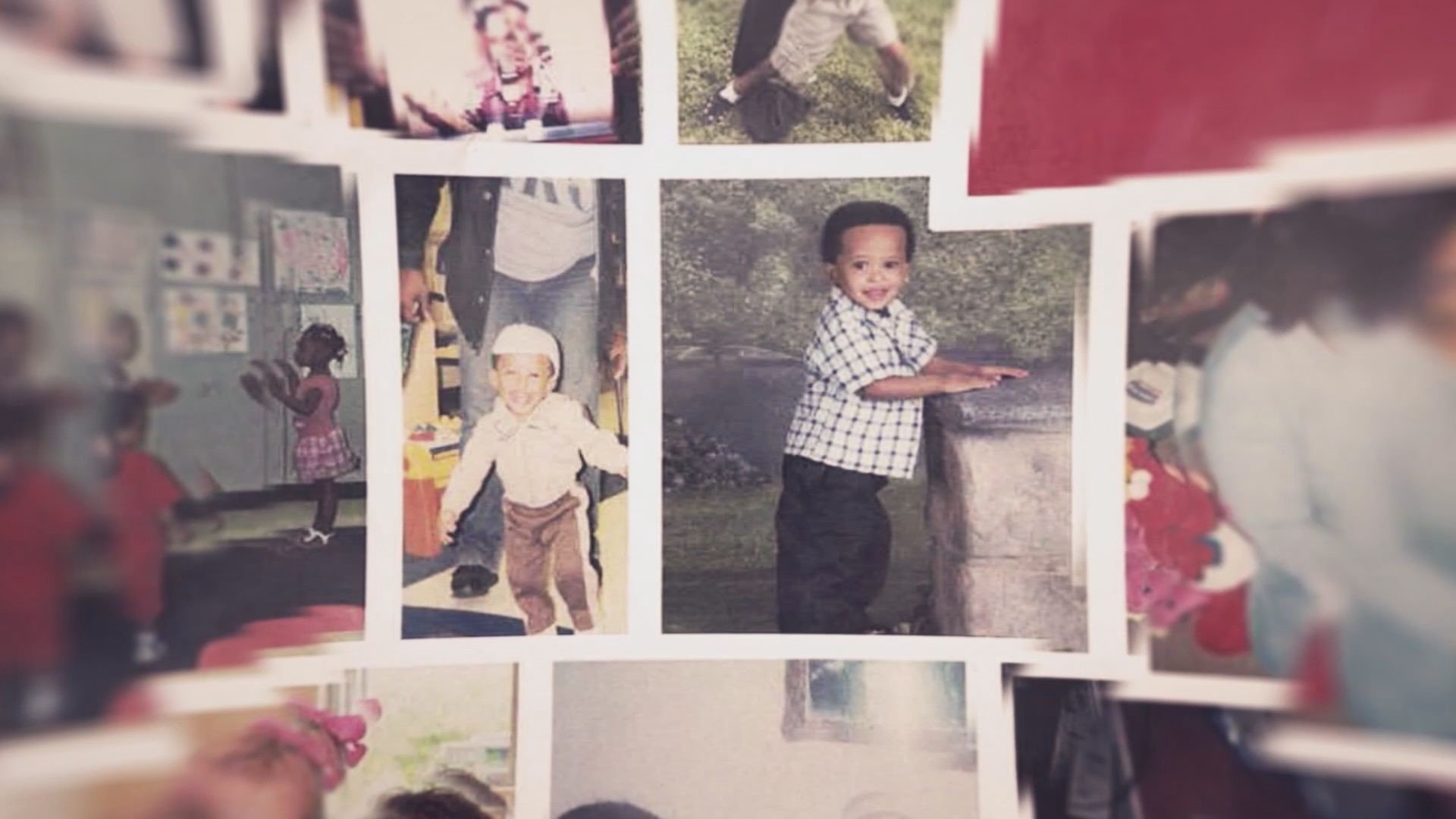ATLANTA — At least 3,600 children under the age of 13 died by suicide in the last two decades, according to the Centers for Disease Control and Prevention. That's 3,600 too many.
And according to the Journal of the American Medical Association, young Black children are dying by suicide at rates two-times higher than their white peers. The nationwide picture shows bullying and racism are tied many of these suicides.
There are resources available -- for all ages -- to help combat the problem. But to be able to help anyone, it's important to know the warning signs and risk factors.
Recognizing risk factors
According to the National Suicide Prevention Lifeline, risk factors are the characteristics that make it more like for someone to consider or attempt to die by suicide.
These can range from a relationship loss, lack of social support, substance abuse, hopelessness, mood or mental disorders, abuse, financial loss, and more. Exposure to others who have died by suicide, from a family history or seeing images on the internet, can also be a risk factor.
See other factors on the National Suicide Prevention Lifeline's website.
Recognizing warning signs
The National Suicide Prevention Lifeline also mentions knowing the warning signs could help a person determine if a friend or family member is at risk.
Sometimes, it shows up in the form of someone talking about they have no reason to live or that they feel hopeless. Other moments could be more direct, when a person says they want to kill themselves.
The organization said loved ones could also talk about "being a burden to others" or their behavior changes drastically with extreme mood swings, withdrawing from others, being anxious or agitated, or they have increased their use of drugs and alcohol. Learn about more warning signs here.
Resources for help
There are many resources available that are focused on suicide prevention and mental health disparities for all ages and backgrounds. Here are a few:
National hotline
The National Suicide Prevention Lifeline is available 24 hours a day. Call 1-800-273-8255.
The AAKOMA Project
The mission of the AAKOMA Project focuses on the consciousness of youth of color and their caregivers. They specialize in helping families seek help and manage their mental health. Read more about their strategies here.
American Foundation for Suicide Prevention
The American Foundation for Suicide Prevention has resources online for people to get help. Whether someone has lost a loved on to suicide or if a person is worried about someone else, there are prevention tips available. There are also resources to find a mental health professional in your area.
The Trevor Project
According to its website, The Trevor Project is the world's largest suicide prevention and crisis intervention organization for LGBTQ young people. They have resources for people to chat with counselors if they are in need of support. They also have tips on how to help yourself and others.
Veterans Crisis Line
The Veterans Crisis line is a source for support that is free and confidential. The responders are trained to help veterans of all ages and circumstances.
Anyone needing support can 1-800-273-8255 and press 1.
Crisis Text Line
Texting "HOME" to 741741 from anywhere in the United States will connect you to the Crisis Text Line. Counselors are available to help. The website mentions that "crisis doesn't just mean thinking about ending your own life. It’s any painful emotion and anytime you need support." The support is free and available 24/7.

